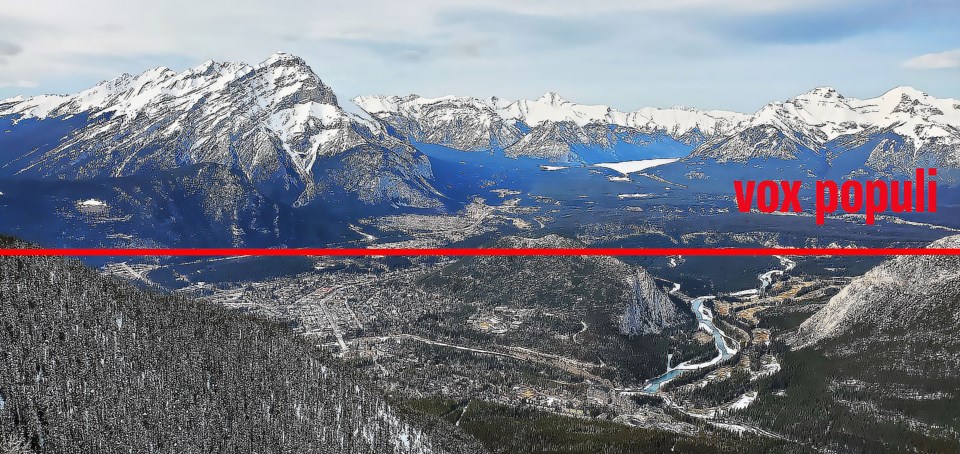Editor:
The catastrophic fire sustained by Jasper is reinforcing existing concerns over wildfire threat in many forested communities. As a wildfire scientist with more than 30 years of experience specializing in mountain fires, I can say with certainty that what happened in Jasper will eventually happen here. We too have aging forests with a large volume of dead wood on the ground, a large number of dead trees and a denser forest. Our warming climate is leading to extreme burning conditions with wind-driven fires that can spread as rapidly as six km/h, or even faster. The Jasper fire has highlighted this new reality and showed despite having taken exemplary FireSmarting measures, it proved to be insufficient.
Many FireSmarting measures around our town are not nearly robust enough. Often overlooked, or dismissed as unlikely, fire could approach town from any direction, and not all sides of town are equally protected. Substantial, and urgent, additional work needs to happen, with sustainable funding, before a prescribed fire maintenance program adjacent to town could meet the combined objectives of town infrastructure protection and restoring Montane ecological integrity to our flagship national park and World Heritage Site. Priorities include permanent, commercial-grade sprinkler systems with river water intakes, placed around the town perimeter along with a pushback of the forest edge by mechanical means.
The need to revisit all decisions made by Town managers/planners with regard to situations that pinch traffic – such as in front of Canoe Hotel – or create bottlenecks like the Banff Ave. pedestrian zone in heavy traffic situations, cannot be stressed enough. A short notice, mass evacuation is defined as all residents and visitors needing to evacuate at once due to a rapidly advancing fire front. A scenario involving a fire coming from the Spray Valley – from the south as was the case in Jasper – means that not only the south side of the river needs to evacuate swiftly, but so do residents along the entire base of Tunnel Mountain, including campgrounds and hotels. The Town’s proposal to use Tunnel Mountain Drive as a way to alleviate core traffic congestion could prove unwise given the dense forest on sloping terrain along the road and its potential proximity to an advancing wall of fire. We need all of Banff Avenue, our main artery, at its fullest evacuation potential.
Banff lies in complex terrain with few exits and is challenged by a large volume of summer visitation in addition to its residents. Best practice would be to commission a study involving wildfire modelling scenarios jointly with traffic flow modelling scenarios as Whistler did in 2019. Scenarios that also consider further constraints of road closure, or exits being unusable due to wildfire threat. Their study is available online – Sea to Sky Multimodal Evacuation Plan.
The Town and Parks Canada urgently need an open and informed conversation about how to ensure safety and ecological integrity in this era of extreme wildfire risk. All facets of fire preparedness need to adapt to 21 Century realities.
Marie-Pierre Rogeau,
Banff



